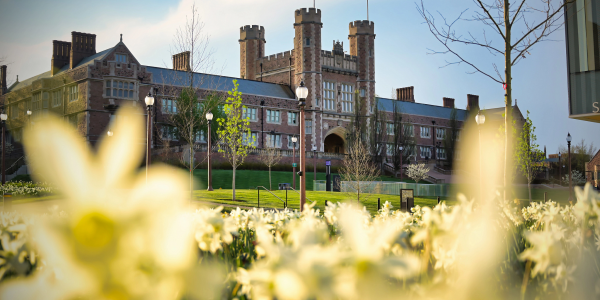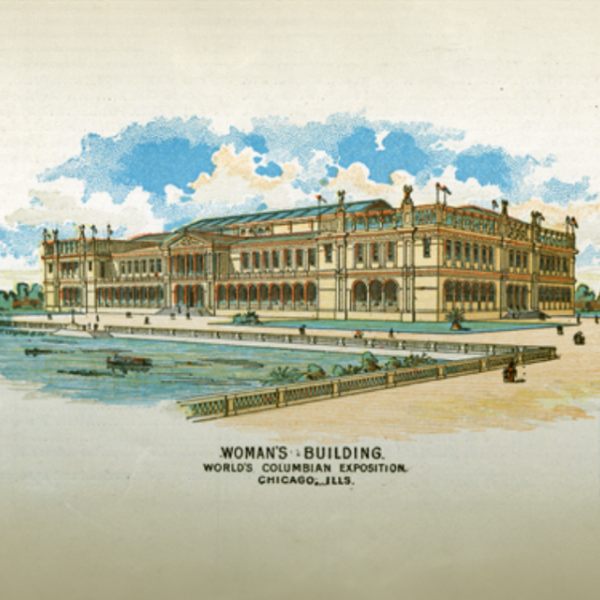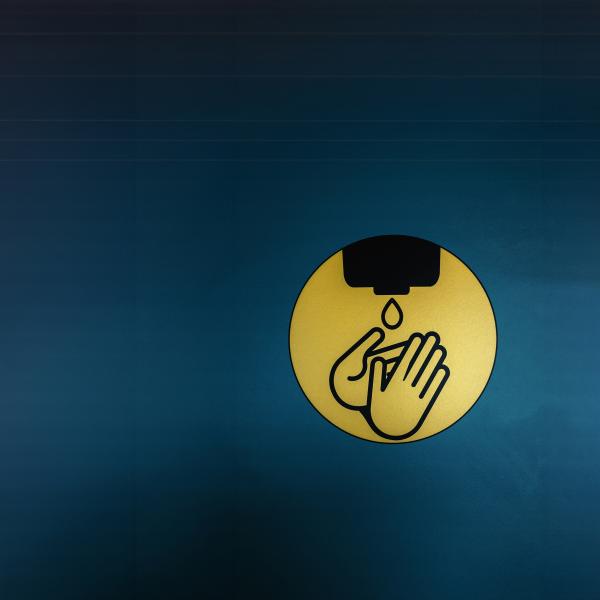Michelle A. Purdy is associate professor in the Department of Education.
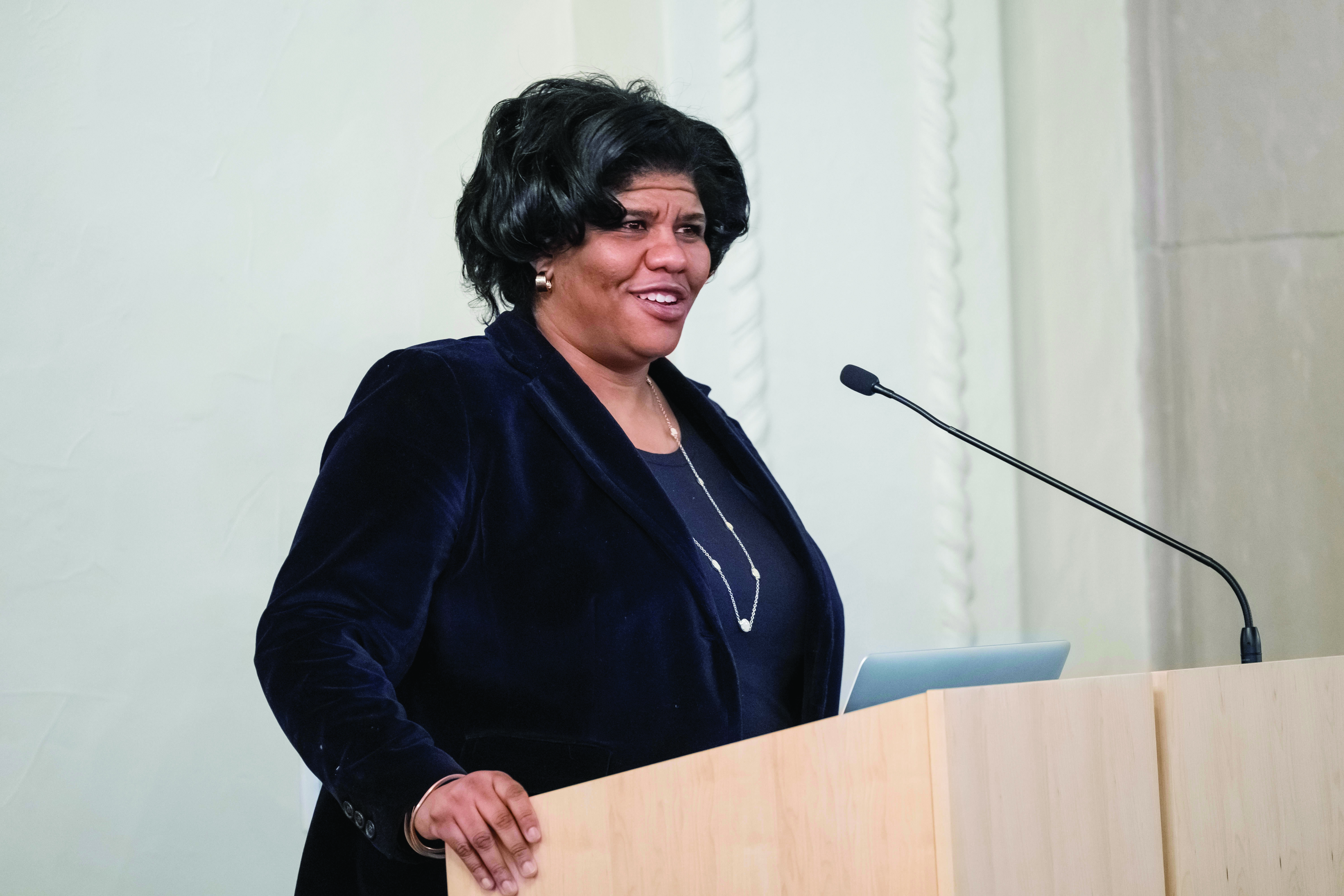
Do colleges and universities bear responsibility for K-12 public education? Mary Schmidt Campbell, the 10th president of Spelman College (2015-22), will push us to respond to that prompt at next week’s James E. McLeod Memorial Lecture on Higher Education.
As I have mulled over this question and thought about my late mentor Dean James E. McLeod, I cannot help but remember one of my earliest experiences at Washington University in St. Louis. As a first-year Black woman undergraduate in the fall of 1997, I volunteered with the admissions office to speak to prospective undergraduate students at recruiting events. On one such occasion, a young Black woman staff member and I were partnered to represent WashU at a college fair at Vashon High School, the second high school built for African Americans in St. Louis in the early 20th century, in north St. Louis.
We arrived early, set up the table and waited for students to come. We waited and waited, and just before the fair ended, we decided to approach a group of students who were looking at other college displays across the gym. We introduced ourselves, but they quickly dismissed us, saying, “WashU is not for us.” The staff member and I were both new to WashU and St. Louis, and that afternoon served as our introduction to understanding many Black students’ perceptions of WashU. Those perceptions would be echoed during my undergraduate years as I tutored Black girls at the Phyllis Wheatley YWCA on Saint Louis University’s campus and worked with Black youth in north city St. Louis and north county St. Louis through my sorority, Alpha Kappa Alpha Sorority, Inc.
I contend that understanding some Black students’ perceptions of WashU, especially for those in under-resourced public schools both in St. Louis City and in the larger metropolitan area, requires a historical reckoning of WashU’s relationship with St. Louis. Reflecting upon the state-sanctioned segregation of Missouri because of Plessy v. Ferguson (1896), there were no Black students at WashU from the early 20th century to the mid 20th century. Concurrently during the first half of the 20th century, schools like Sumner High School — the first Black high school west of the Mississippi River, located in the Ville neighborhood in north St. Louis and which was recently saved from closure — and Vashon High School would become the alma maters of Black St. Louisans who led in politics and activism, the arts, education, science, athletics and more. As in the Deep South, an entire Black world, including a Black education world, was created, as analyzed by such historians as James Anderson in The Education of Blacks in the South, 1860-1935, and Vanessa Siddle Walker in Their Highest Potential: An African American School Community in the Segregated South. And as this world developed, so too did institutions like WashU, which began to admit Black students and to desegregate its faculty and staff in the mid 20th century.
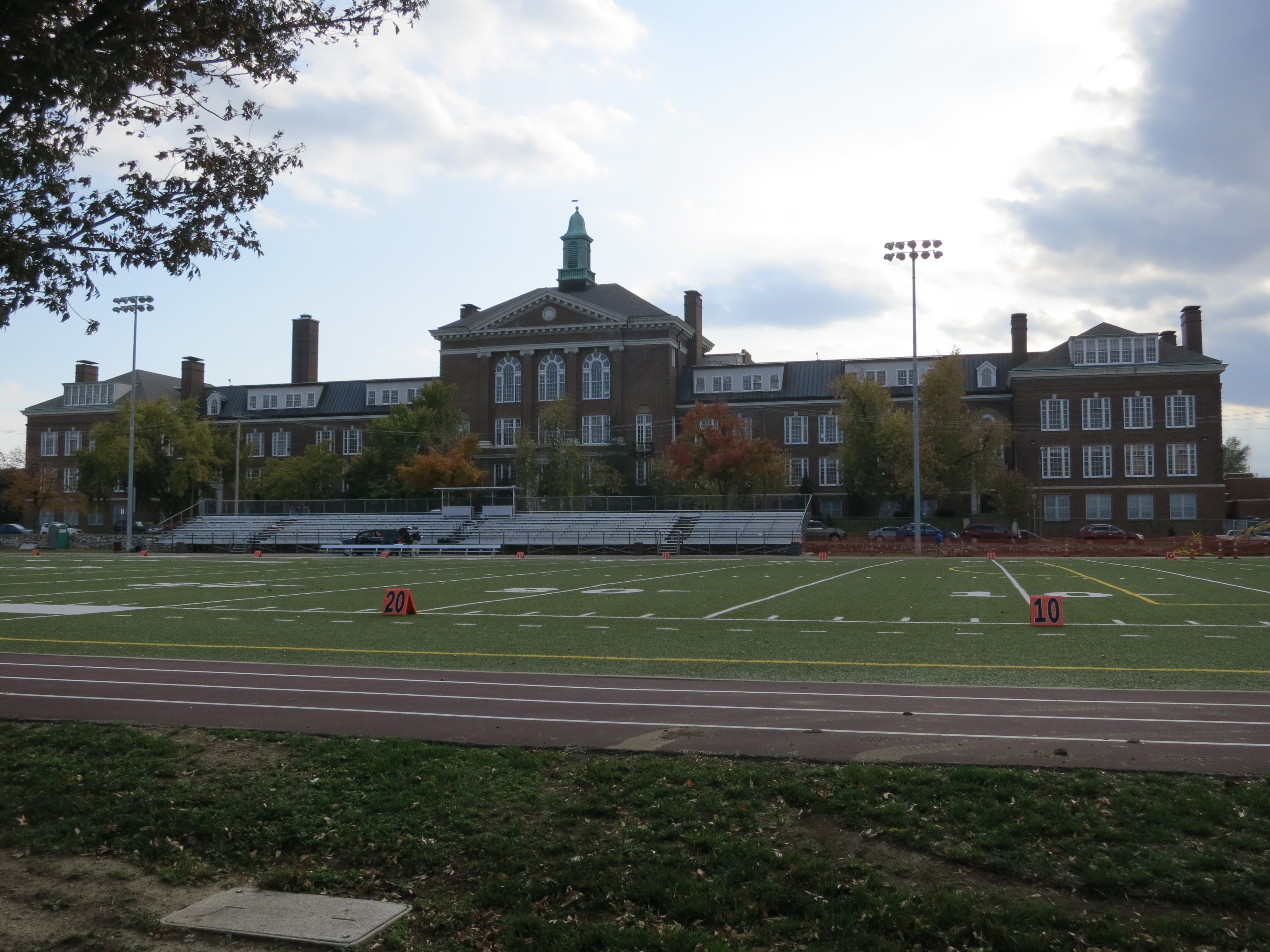
As WashU was transitioning from streetcar college to top-tier elite, global institution from the mid-20th century to the present, many St. Louis public schools — both in the city and, now, in the first-ring suburbs — would simultaneously experience desegregation and then the subsequent resegregation of their schools. Indeed, WashU leaders were at the center of some these changes and remedies, including the Voluntary Interdistrict Choice Corporation (VICC), the largest interdistrict desegregation program. The organization, which has an office at WashU’s West Campus, facilitates the enrollment of Black students from the city of St. Louis in predominantly white public schools in St. Louis county and of white students in the city’s desirable magnet schools. (The program is set to wind down after the 2023-24 school year.)
VICC served as a remedy to the 1972 desegregation case Liddell v. Board of Education of City of St. Louis. Due in part to resistance to public school desegregation, white flight from the city took hold in the 1970s and 1980s, and the divisions between predominately white south St. Louis and largely Black north St. Louis became even more stark. As national educational policy in the 1980s called for higher standards and ultimately more testing of K-12 students, schools also became resegregated, not only in St. Louis but across the country. Today, the most segregated school districts can be found outside of the Deep South.
The realities of Black schooling in the 21st century were sharply illustrated by the death of the recent high-school graduate Michael Brown at the hands of police officer Darren Wilson in Ferguson, Mo., in August 2014 — a little over 60 years since the Brown v. Board of Education decision. Brown’s mother commented on the obstacles she had had to overcome to help ensure that her son earned his diploma. Journalist Nikole Hannah-Jones’ examination of the Normandy School District, in which Brown had been enrolled, provides some of the reasons why: ingrained institutional policies that undergird poverty and lack of political representation; reduction in court-ordered desegregation; lack of highly qualified, experienced teachers; insufficient access to technology, etc.
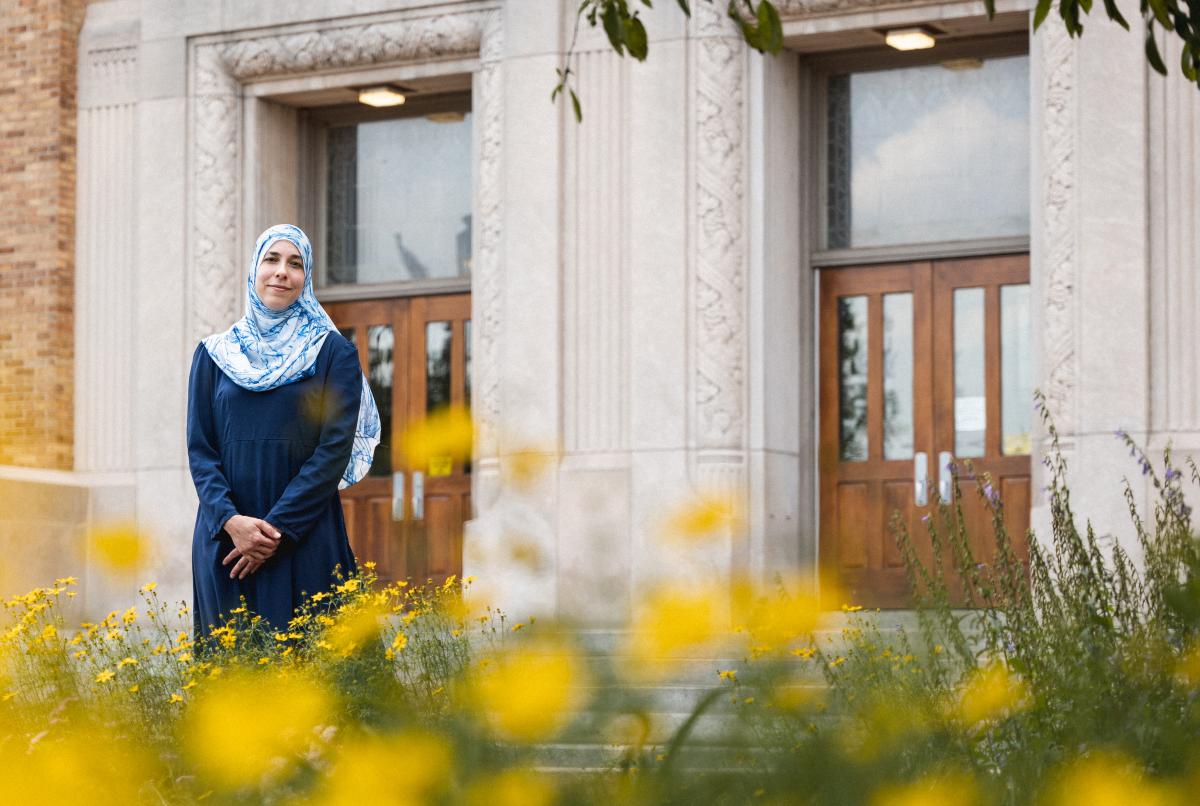
Researchers across WashU, including my colleague Rowhea Elmesky, center their work, teaching and service on disrupting systemic inequities in predominantly Black schools in the St. Louis area and empowering young Black people. (See, for example, her work with the University City School District.) Efforts now abound for the university and its contemporaries to serve a broader public good not only to their surrounding communities but the global society.
WashU’s new strategic plan calls for “WashU and St. Louis to be a global hub for transformative solutions to the deepest societal challenges.” These efforts exist because there seems to be recognition that universities are responsible for the communities around them, including the under-resourced public schools that became that way as elite universities grew in prominence. Yet, have universities grappled with their past histories and present trajectories to address their possible role in contributing to such glaring present-day realities? Answering the aforementioned question is paramount to confronting our most pressing social issues, including inequitable education. As Forward through Ferguson noted, we are “still separate, still unequal.” Despite our individual and collective efforts, I surmise that like those students I met at Vashon in 1997, there are still Black students and other marginalized students in the St. Louis area who do not believe a school like WashU is for them.

